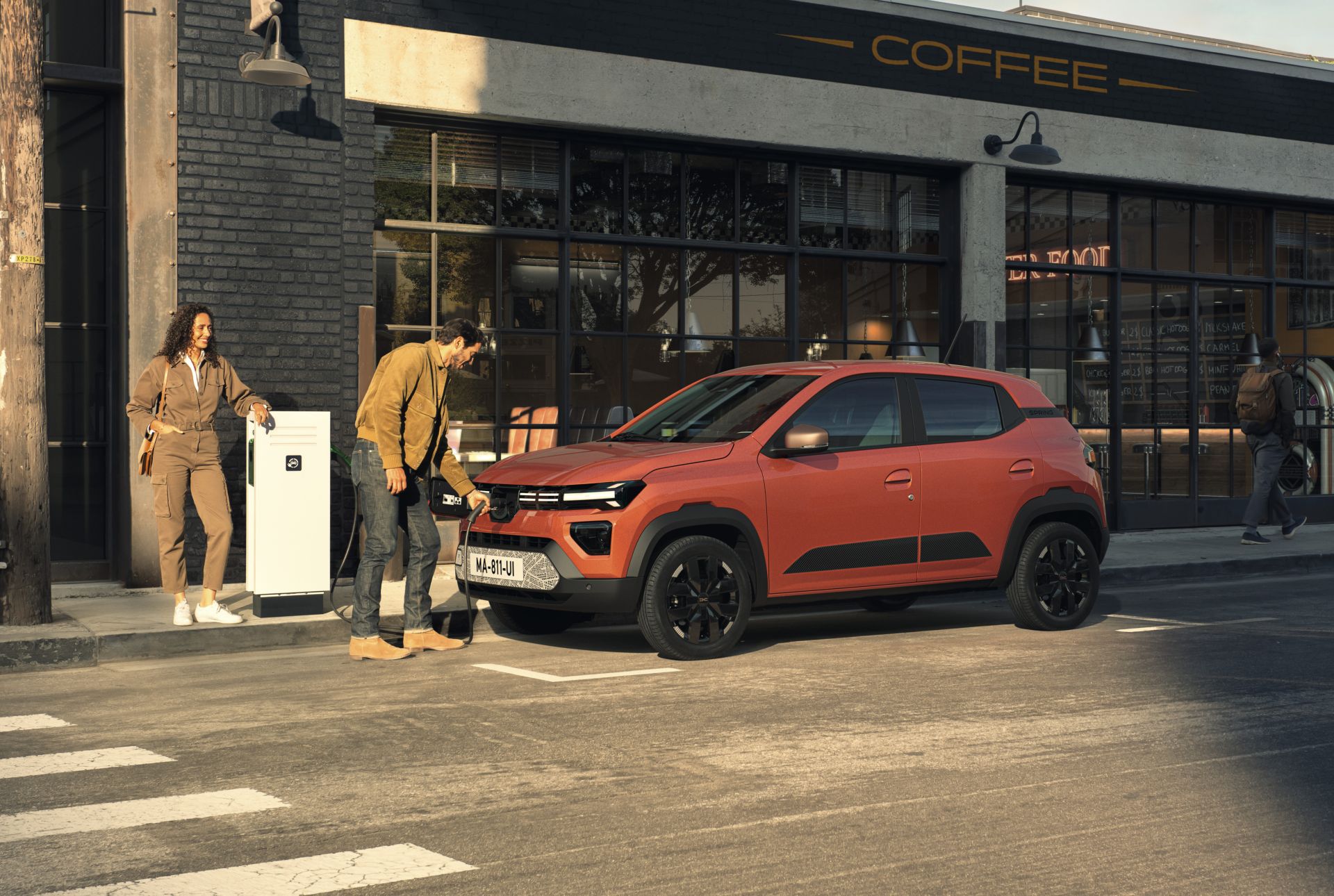Low addition cars in 2025: everything you need to know
What exactly is additional taxes?
‘The addition’ is a type of tax rate that rears its head when it comes to income tax. If you drive a company car that you also use privately, you have to add a percentage of the list value – popularly called new value – of that car to your income. The tax authorities therefore consider private use of your company car as a form of income. Only if you demonstrably drive less than 500 kilometers per year privately with your business car, you can avoid the addition to income.
Electric driving = less addition
To encourage energy-efficient and environmentally friendly driving, the government has reduced the addition rate for fully electric cars. After all, these emit noCO2 themselves. In 2025, the addition rate for an electric company car will be 17 percent. But that “discount” applies only to the first 30,000 euros of the new price. Over the rest you have to deal with the normal addition rate for cars with a fuel engine – in 2025 it will be 22 percent.
Additional tax liability ever higher
Up to and including 2019, the addition rate for business electric cars was 4 percent, but since 2020 the rate has steadily increased and in 2025 it will be 17 percent. In 2026, the lower addition rate will expire… Up to and including 2018, there was also no limit on the amount to which the lower addition rate applied, but in 2019, the lower addition rate only applied to a maximum of 50,000 euros of the purchase amount, and the limit has been lowered each year until finally 30,000 euros in 2025.
Other forms of electric driving
There are more forms of electric cars. Besides the well-known battery-electric cars, there are also hydrogen cars, which convert hydrogen in a fuel cell into electricity that powers the electric motor. Cars with integrated solar cells that generate the electricity for the electric motor that powers the car also fall under the lower addition rate. For those rare cars, the 17 percent addition rate also applies, but on the full list value, i.e., with no limit.
The benefit is not endless
The period during which you benefit from the reduced addition is sixty months. This starts on the first day of the month following the date on which the car was registered. After those five years, the addition percentage is determined based on the rules then in force.
Starting in 2026, the addition benefit for new electric cars will disappear. Then all business drivers who also use their car privately will have to deal with the same additional tax rate of 22 percent. As a result, the tax benefit will disappear and electric driving will again become less attractive for business drivers.
Which cars are subject to the lower additional tax rate?
There are few cars in 2025 that will fully “benefit” from the lower additional tax rate with their new price under 30,000 euros:
- Dacia Spring
- Citroën ë-C3
- Citroën ë-C3 Aircross
- Fiat 500e
- Fiat Grande Panda Electric
- Hyundai Inster
- Nissan Leaf
- Opel Corsa Electric
- Opel Frontera Electric
- Renault 5 E-Tech electric
- Dongfeng Box
- Leapmotor T03
What else do you pay in other taxes?
If you lease your electric car, all taxes are already included in your lease amount. But as an individual, you must also consider motor vehicle tax (mrb). Fully electric cars were exempt from mrb through 2024, but in 2025 you pay 25 percent of the regular mrb and from 2026 through 2029 you pay 75 percent. Starting in 2030, this benefit also disappears. For hydrogen cars, the mrb exemption does continue to apply.
To encourage electric cars, the government did not levy bpm (passenger car and motorcycle tax) on new emission-free cars until 2024. That exemption was also abolished starting in 2025. The bpm is included in the list price of a new car.
What will change after 2025?
Starting in 2026, the low addition rate for electric cars will disappear. This means that even for electric cars you will have to deal with 22 percent additional tax on the list value. With this, the government aims to create a level playing field, but it may further delay the transition to electric driving. Hydrogen cars do remain eligible for tax breaks, making them an interesting choice for the future. Innovations in hydrogen technology could also make this type of car more affordable.

